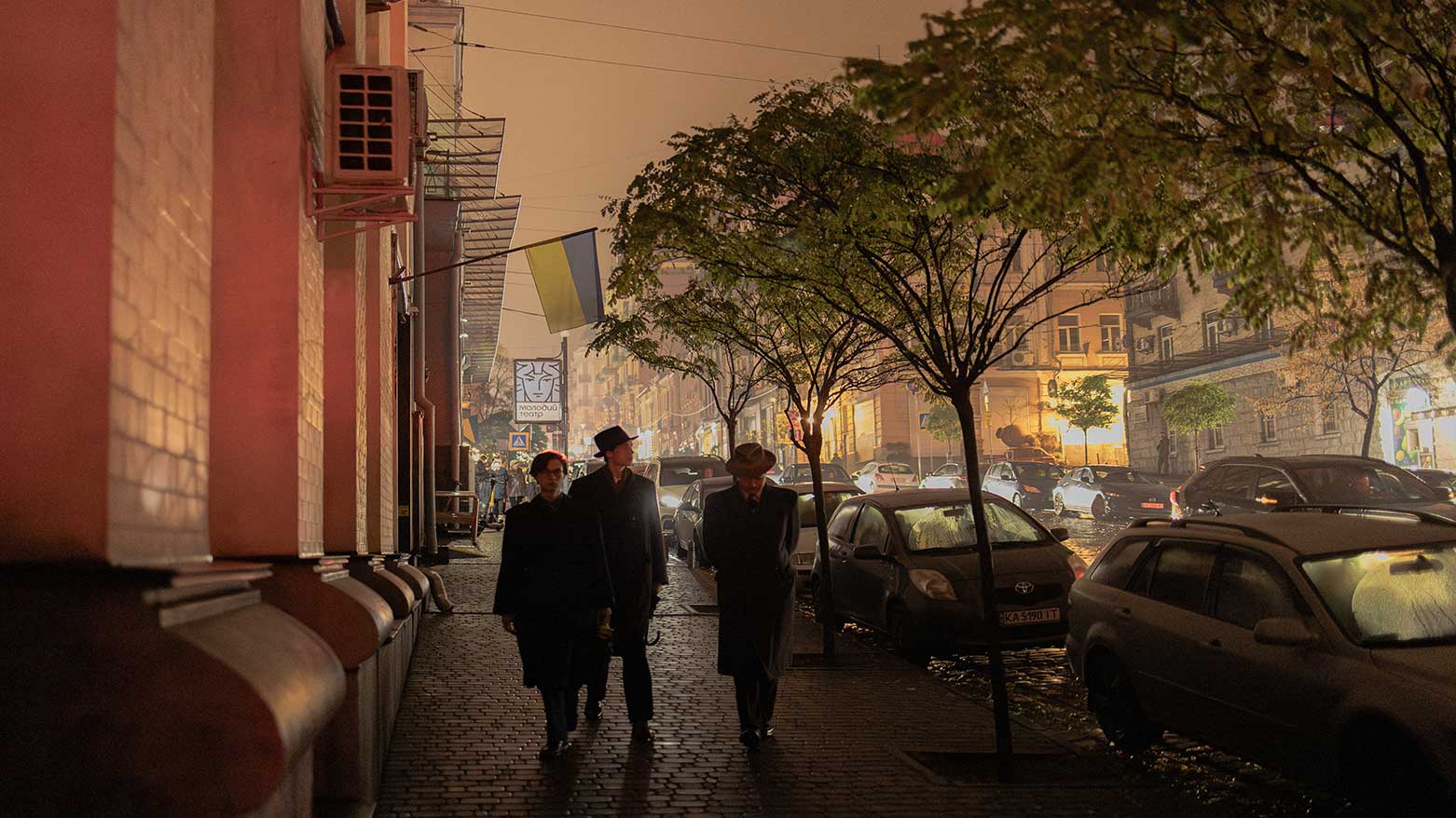Ukraine and US Launch Switzerland Talks on Controversial Peace Plan as Kyiv Braces for Harsh Winter
Washington’s 28-point proposal demands major concessions from Ukraine while war-time residents confront record Russian strikes and deepening energy shortages.

ERBIL (Kurdistan24) — Ukraine and the United States will open high-level consultations in Switzerland in the coming days to explore a potential peace agreement with Russia, a senior Ukrainian negotiator confirmed on Saturday, following the delivery of a sweeping US draft plan that would require Kyiv to accept several of Moscow’s core demands.
Rustem Umerov, Secretary of Ukraine’s Security Council and a member of Kyiv’s negotiating team, said the talks with Washington mark a new phase in efforts to “align our vision for the next steps” after the nearly four-year war.
The US proposal — a 28-point blueprint obtained by AFP — envisions Ukraine ceding territory, reducing its military to 600,000 personnel, pledging permanent neutrality, and agreeing never to join NATO. In return, Ukraine would receive security guarantees, a reconstruction package, and access to EU markets.
President Donald Trump has reportedly given Kyiv less than a week to respond to the plan, which also calls for Russia’s step-by-step reintegration into the global economy, the reopening of nuclear arms control agreements, a comprehensive non-aggression pact in Europe, and immediate ceasefire implementation once both sides withdraw to agreed positions.
Umerov said President Volodymyr Zelensky has appointed his chief of staff, Andriy Yermak, to head Ukraine’s delegation. A presidential decree states that “representatives of the Russian Federation” are also expected to take part in the Swiss consultations, though Moscow has not confirmed participation.
What the US Plan Proposes
According to the 28-point document, the plan would formally recognize Crimea, Luhansk, and Donetsk as de facto Russian, freeze the front lines in Kherson and Zaporizhzhia, and create a demilitarized buffer zone in part of Donetsk Oblast. Frozen Russian assets — at least $100 billion — would be directed into a US-led Ukraine reconstruction fund, with Europe adding another $100 billion. The US would take half of the profits from these investments.
Other provisions include:
- A US-mediated Russia–NATO security dialogue;
- NATO barring Ukrainian membership permanently and pledging no troop deployments there;
- Joint American-Russian investment initiatives;
- The return of all prisoners and civilian detainees;
- Ukraine holding elections within 100 days of the deal’s signing;
- A Peace Council headed by President Trump to enforce compliance.
The plan also outlines strict conditions that could void US security guarantees — including any unauthorized Ukrainian missile strike on Moscow or St. Petersburg.
Kyiv’s Fears as Winter Approaches
As Kyiv weighs the political and territorial cost of the proposal, the capital’s residents are bracing for what could be the most punishing winter since the war began.
Russian forces have escalated attacks on Ukraine’s energy infrastructure to unprecedented levels, triggering widespread rolling blackouts across multiple regions.
In wartime Kyiv, nights now pass in near-total darkness, broken only by the glow of mobile screens or the fluorescent collars worn by pets.
Daily life revolves around power-cut schedules, fuel shortages, and hurried household routines squeezed into the few hours when electricity is available.
“It's very important for people to have warmth now, to have some hope,” said Dmytro Kustov, who runs a small dance studio in Kyiv. He spent roughly $1,100 — about twice Ukraine’s average monthly salary — installing generators, batteries, and power inverters to keep his studio open.
“I always need light here so people can come, train, communicate, and release all these emotions,” he said.
But while his backup system can keep the lights on, it cannot prevent heating disruptions. “We’ll hold on,” he added, before joking: “I want to go to Bali.”
A Country Preparing for Survival
Local media estimate that Ukraine has lost up to 60 percent of its natural gas production capacity due to Russian strikes. The government insists reserves are sufficient for winter, but transmission infrastructure remains vulnerable.
For many residents, daily life has become a calculated test of endurance. Volodymyr, 66, and his wife Tetiana, 64, wake up at night to charge essential devices and store water. They have stocked up on generators, kerosene lamps, and cooking gas.
“If there’s no gas, there will be firewood — I have it,” he said. Tetiana, however, fears for elderly relatives living alone: “My husband says he is not worried, but I am.”
Home-improvement chains report a surge in sales of generators and power banks — a sign that Ukrainians who once hoped the crisis might ease are now preparing for the worst.
“People thought this would resolve itself,” Tetiana said. “Just like we once thought the war wouldn’t start.”
With Russian bombardments intensifying and the future of US support uncertain, many Ukrainians say the coming months will demand a level of resilience that rivals the first winter of the war.
For now, they prepare to “bundle up — or dance,” as one Kyiv resident put it, even as diplomatic negotiations abroad weigh heavily on what future awaits them at home.
